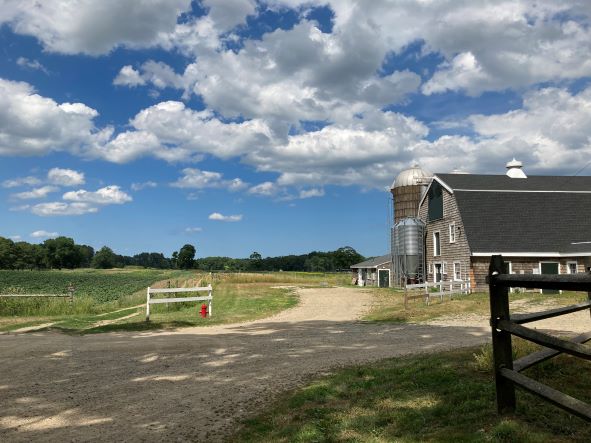
Historic Properties Redevelopment Programs: Funding a Project
You have capitalized your fund and have a pipeline. How do you fund the specific project you want to do? It does not all have to come from the fund.
In most projects there is a financial gap that has to be filled. In general, a project taken on as a historic properties redevelopment program (HPRP) is chosen because no one else will. It most cases it does not make financial sense. It is the job of the HPRP to coordinate the financial tools necessary to make the project viable, typically employing a combination of sources.

Funding a Project
Grants
There are many grants that a program can tap for this work. Some fund the preservation work while others target the end use. Grants can come from nonprofits like the National Trust for Historic Preservation, private foundations such as The 1772 Foundation, local community foundations, regional or state foundations and nonprofits, or the federal government such as the National Park Service. The obvious advantage of grants is that the money does not have to be paid back, and thus goes directly to the project and/or the program fund.
Loans
Several kinds of loans by historic properties redevelopment programs, often using different loans for different stages of work. One loan make cover immediate payments that will eventually be covered by tax credits or grants received later in the process. Commonly referred to as construction or bridge loans, they let organizations access an immediate cash flow. The downside is that they typically have relatively high interest rates. To help get the best rate, it is helpful to develop a relationship with a bank. This can help the bank as well as they can get CRA credit for lending or giving to projects in low or moderate income areas
Rental Income
Some HPRPs retain ownership of a property in order to collect monthly rent. This income from residential, office, or commercial units provides cash flow and supports new projects. Examples of organizations that use this strategy are Historic Seattle and Historic Boston, Inc.
Fee for Service
Several HPRPs make use of fee for service offerings to provide revenue for their programs. This income is particularly helpful to offset operational expenses as these expenses are the hardest to raise. The organization can also take a developer fee. For example, WHALE and the Colorado Historical Foundation offer fee for service activities related to their real estate work. Using this strategy is allowed by the IRS, as long as the nonprofit follows their guidance. For example, the fee that is being charged must be well below the market rate for that service and the service must be in line with the nonprofit’s mission. If either of these rules are broken, a nonprofit can lose its charitable status.
Federal and State Historic Tax Credits
The 2021 Annual Report on the Economic Impact of the Federal Historic Tax Credit indicated that the federal credit has had a cumulative impact of $199.1 billion between 1978 and 2021, with $8 billion in FY2021 alone. In the same period, 3 million jobs were created, 135,000 of which were in FY2021. To take advantage of the historic tax credit (HTC), a property must meet certain criteria such as being historic and income-producing. The rehabilitation work also must be conducted according to the Secretary of the Interior’s Standards for Rehabilitation. Even without tax liability, nonprofits can take advantage of the HTC through syndication, making it a powerful tool as it can mean a 20% credit on qualifying expenditures. Entities such as the National Trust Community Investment Corporation can assist with syndication.
Many states offer state historic tax credits which can be twinned with the federal credits. Some states have additional bumps for energy efficiency measures. For a comprehensive resource guide on state tax credits, visit the National Trust for Historic Preservation’s State Historic Tax Credit Resource Guide and Data Center.
Low-Income Housing Tax Credit (LIHTC)
The Low-Income Housing Tax Credit was created in 1986 as part of the Tax Reform Act of 1986. It is similar to the historic tax credit program, except that unlike the historic credit, the low income credits are distributed according to the population of each state. There are options within the program depending on what percentage of the tenants are at certain percentages of the area median income. The Providence Revolving Fund and the Pittsburgh History & Landmarks Foundation are both skilled at combining the LIHTC and HTC to give new life to historic homes.
New Markets Tax Credit
The New Markets Tax Credit program is designed to incentivize community development and economic growth by using tax credits that attract private development in distressed communities. These credits can be combined with others to help a project budget work. For examples of New Market Tax Credit projects, see the National Development Council‘s website.
Fundraising
Every nonprofit is familiar with general fundraising strategies. From special events, direct appeals, behind-the-scenes-tours, silent auctions, etc., fundraising is always part of the equation.
Examples of Project Sources and Uses
Roslindale Substation, Roslindale, MA, Historic Boston, Incorporated
Eustis Street Firehouse, Roxbury, MA, Historic Boston, Incorporated
